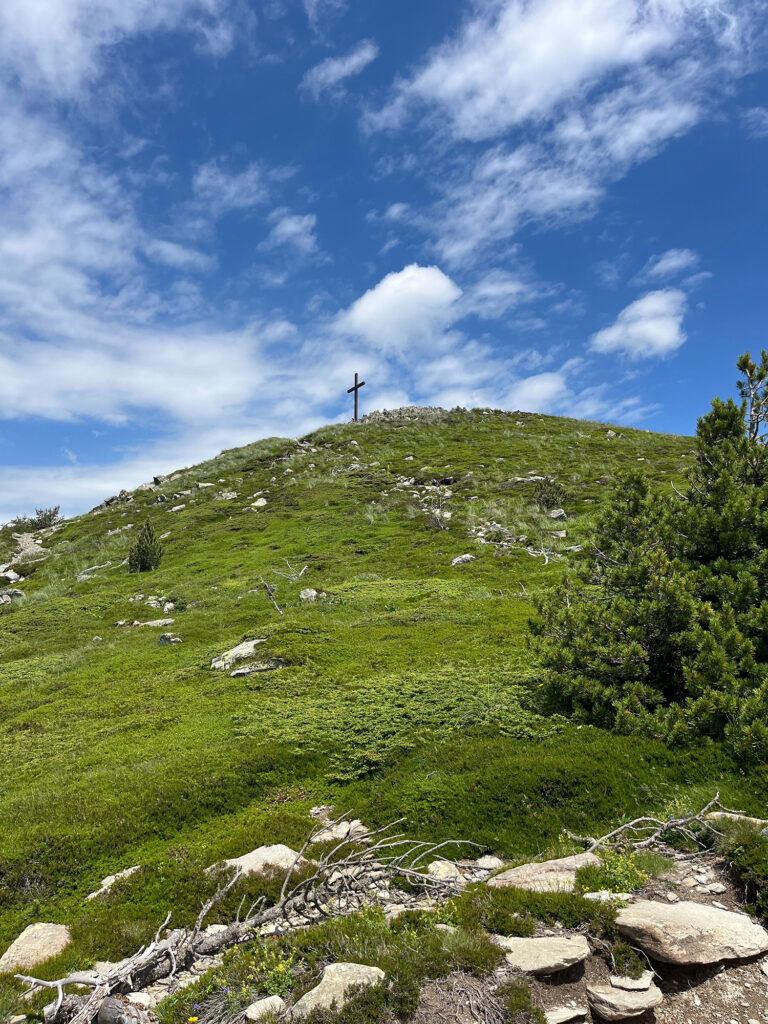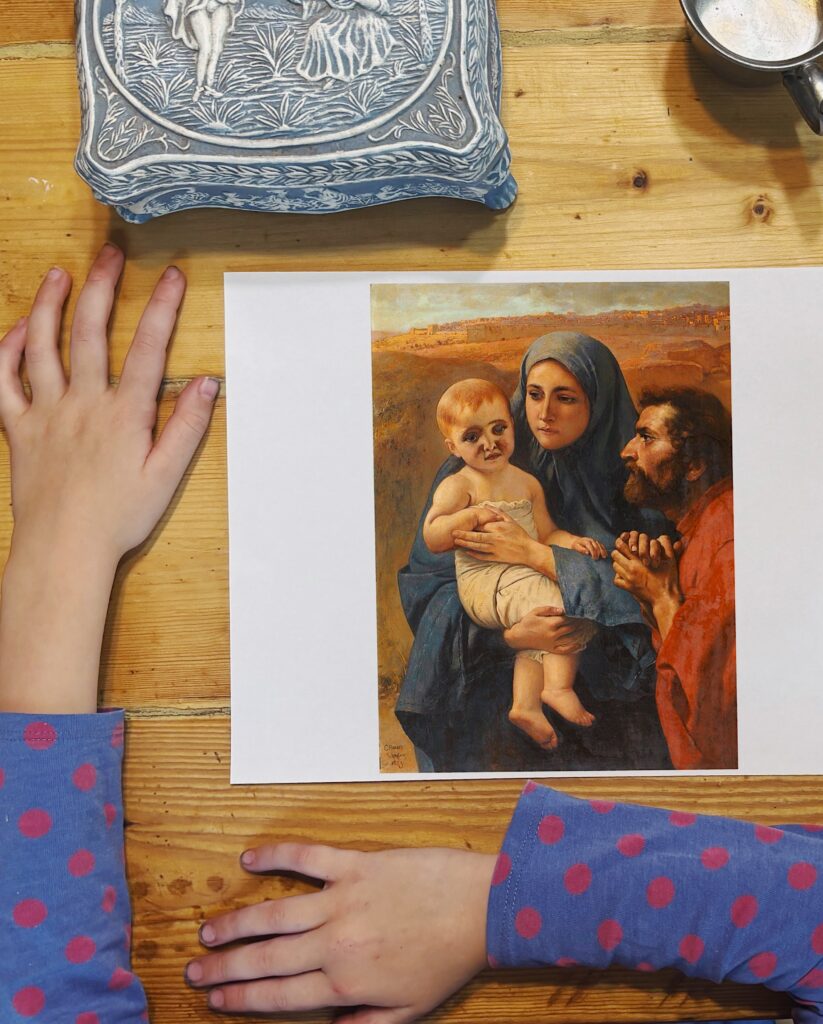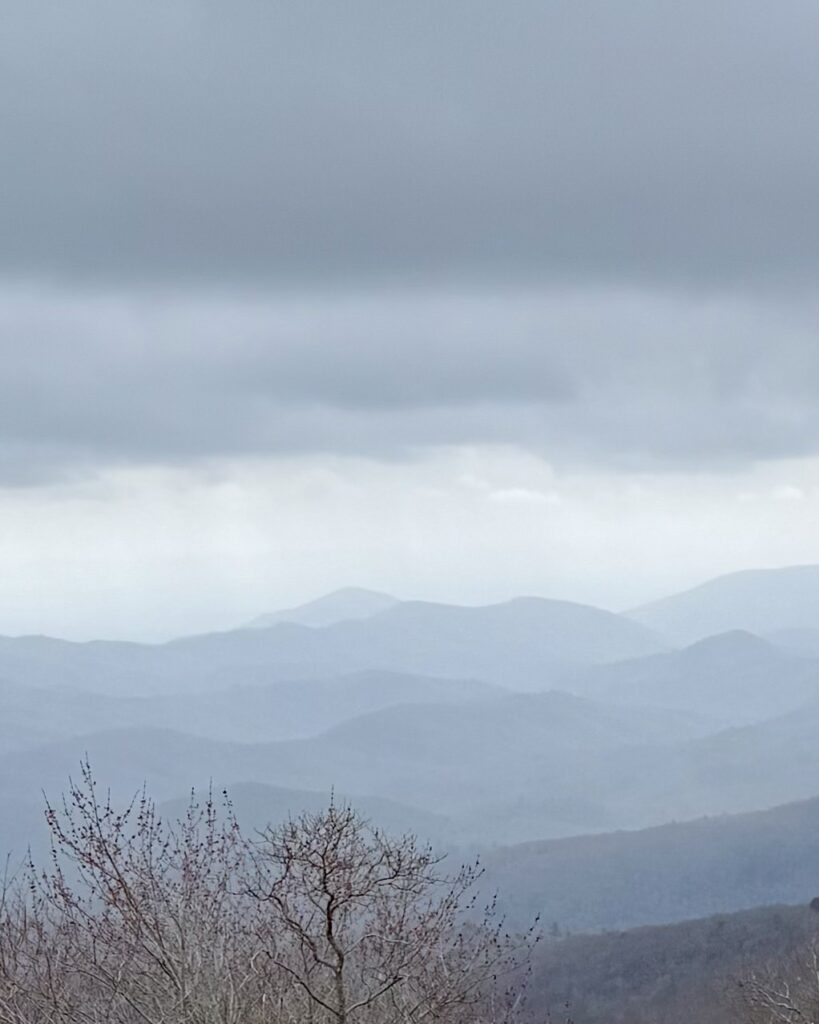The CMP Review — Week of March 31
March 31, 2025

“Christ is our livelihood and He leads us into the way of peace, a way that passes through the common needs of human nature, through daily effort, daily joys and troubles. In this path, with Christ to guide us, we find God’s Holy Will which is our peace. It is in this livelihood that every parent should strive to bring up every child.” (Essex Cholmondeley, Parents Are Peacemakers)
@tessakeath
April 1, 2025

“Young faces are not always sunny and lovely,” writes Charlotte Mason; “even the brightest children in the happiest circumstances have their clouded hours. We rightly put the cloud down to some little disorder, or to the weather, but these are the secondary causes which reveal a deep-seated discontent. Children have a sense of sin, acute in proportion to their sensitiveness.”
Children are born persons, so much so that “few grown-up people, alas! have so keen and vivid a sense of sin as a little transgressor say of six or seven.” Unfortunately, says Miss Mason, “the ‘peace, peace, where there is no peace,’ of fond parents and friends is little comfort.” What the children need, she explains, is to know “that there is a Saviour of the world, who has for him instant forgiveness and waiting love.”
Perhaps the themes of temptation, repentance, and forgiveness, so characteristic of this season of Lent and Easter, are more relevant to our children than we imagine. But how do we broach these topics with them?
In the final issue of Aunt Mai’s Budget, the special children’s section of the Parents’ Review, Emeline Steinthal included a letter from a grown-up who “sympathizes with you [children].” This parting gift from Aunt Mai has a special message for all persons of any age who have felt the sting of sin and temptation, and who know they need a Savior. Find it here.
@artmiddlekauff
🖼️: The Holy Family by Charles Verlat
April 2, 2025

“We were all meant to be naturalists, each in his degree, and it is inexcusable to live in a world so full of the marvels of plant and animal life and to care for none of these things.”
Charlotte Mason, Vol. 1, p. 61
@rbaburina
April 3, 2025

“I am, I can, I ought, I will.”
It’s one of the most celebrated sentences associated with Charlotte Mason, and it’s repeated almost every time the philosophy of Miss Mason is explained.
But what exactly does it mean? And where did it come from?
It turns out that this remarkable motto has almost as many tributaries as it has interpretations.
But perhaps even more important than its many sources are its many applications, which have inspired persons for more than 100 years.
After exhaustive research I’ve collected in one place a detailed and fully-cited narrative of the origin and meaning of the P.U.S. motto. Check out this new and readable account here.
@artmiddlekauff
April 4, 2025

“Now is the storing time which should be spent [by the child] in laying up images of the things familiar. By-and-by he will have to conceive of things he has never seen: how can he do it except by comparison with things he has seen and knows? By-and-by he will be called upon to reflect, understand, reason; what material will he have, unless he has a magazine of facts to go upon? The child who has been made to observe how high in the heavens the sun is at noon on a summer’s day, how low at noon on a day in mid-winter, is able to conceive of the great heat of the tropics under a vertical sun, and to understand that the climate of a place depends greatly upon the mean height the sun reaches above the horizon.” (Vol I, p 66)
@antonella.f.greco
April 5, 2025

Our Canada geese friends have been back for a few weeks.
Now they’re settling in on lake-like puddles on fields and even on the outdoor volleyball court. 😍
They do sometimes lay their eggs in the most awkward and strange places. If it doesn’t dry up soon, I expect we could see some nests on campus!
@antonella.f.greco
April 6, 2025

In Charlotte Mason’s poem, she describes how the disciples saw, “upon the Master’s countenance, a change.” Gone was “the aspect sweet they knew”; in its place “a prophet’s gaze, far-seeing, pained, constrained.”
What follows in the poem is a change in Mason’s countenance as well. She takes us to the heart of Christ’s words of fire and we feel the heat.
J. R. Dummelow said of Luke 12:49 that “The Prince of Peace comes to bring strife and bloodshed, fire and sword, into the world, because only through war can lasting peace be attained. Some, however, understand by fire, the fire of Christian love.”
Is it the fire of judgment or the fire of love? Or are the two linked in some paradoxical way? Read or listen to Charlotte Mason’s poem and enter the mystery. Find it here.
@artmiddlekauff
🖼️: Pentecost by P. Solomon Raj